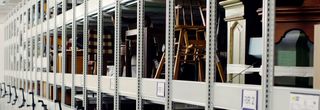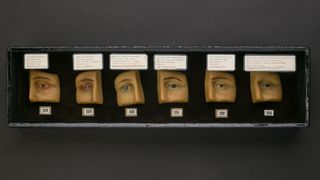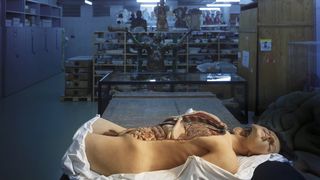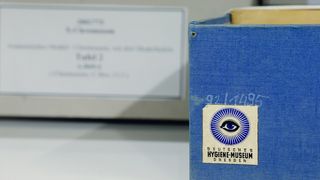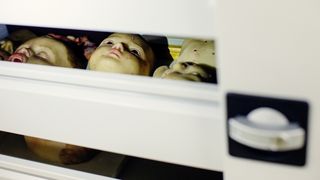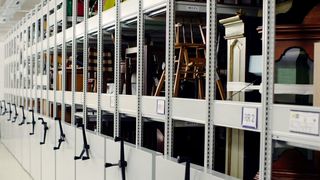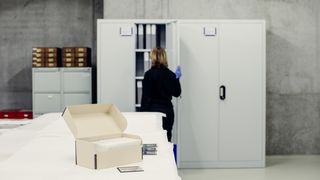Section on Body-related Practices
In the course of the 20th century, keeping one’s body fit and healthy became standard practice. All sorts of items of everyday use serve that purpose. Unlike the more conventional emphasis that the history of mainstream medicine might apply, the Deutsches Hygiene-Museum collects these objects so that historical everyday experiences pertaining to the human body can be preserved and reconstructed. It asks questions about how these objects were used and how people interacted with them. Trivial everyday objects become intriguing museum exhibits. The answers to these questions are as diverse as the objects in this particular collection section, which includes clinical thermometers, high-frequency apparatus and radiation lamps, condoms and birth control pills, prosthetics and implants, vision and hearing aids.
